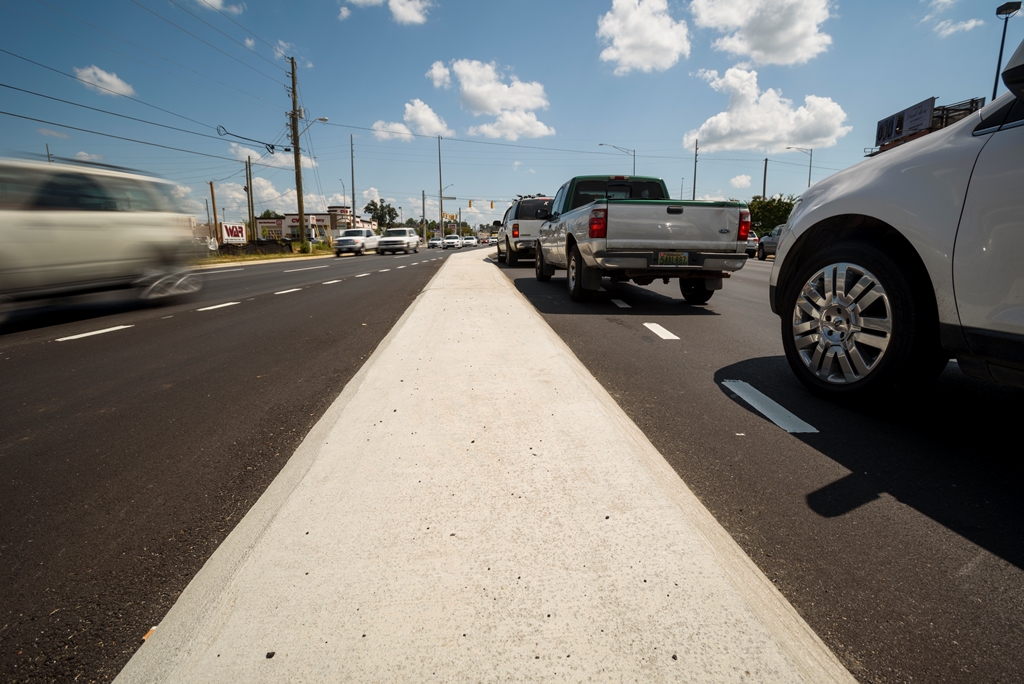 TUSCALOOSA, Ala. – There has been less traffic and fewer traffic crashes reported in Alabama during the pandemic, but caution is urged for drivers over the holidays because although there have been fewer crashes reported, there have been more fatal crashes than traffic patterns would suggest.
TUSCALOOSA, Ala. – There has been less traffic and fewer traffic crashes reported in Alabama during the pandemic, but caution is urged for drivers over the holidays because although there have been fewer crashes reported, there have been more fatal crashes than traffic patterns would suggest.
Holidays are still expected to bring increased risks for crashes and fatal crashes even as pandemic traffic patterns likely mean less people traveling around Thanksgiving and December holidays, according to an analysis of state traffic records by researchers at The University of Alabama Center for Advanced Public Safety and the Alabama Transportation Institute.
“While no projections are perfect, we have enough data on various types of crashes during the pandemic to estimate the effect on holiday traffic,” said Dr. David Brown, a researcher with CAPS who directed the study. “The primary assumption is that drivers in general will not significantly change their driving behaviors over the holiday season. Obviously, some of the typical difference over the holidays that we have documented in the past will occur.
The study employed the Critical Analysis Reporting Environment, or CARE, a software analysis system developed by CAPS research and development personnel to automatically mine information from existing databases. The Alabama Law Enforcement Agency, or ALEA, provided crash records for the study.
Since March 10, reported traffic crashes in the state decreased by 18.4%, compared to before the pandemic, which comes from reduced traffic, Brown said. However, traffic levels are nearly back to normal heading into the holidays, he said.
Fatal crashes, however, increased during the pandemic by about 4.2%. Put another way, there have been almost 100 more fatal crashes than would be expected based on the lower traffic and fewer traffic crashes.
The biggest causes for this increase come from higher than expected fatal crashes caused by speeding, failure to buckle up and aggressive driving, according to the CAPS analysis.
It would be expected that all types of crashes would also be down by the same amount, but data from different types of crash causes show a range of deviation from expectations. The biggest increases during the pandemic come from crashes involving motorcycles, 123% increase; bicycles, 53% increase; and aggressive driving, 15% increase.
Also, while there has not been a significant increase in reported crashes caused by impaired driving during the pandemic, these crashes have not decreased nearly as much as the overall traffic decrease, and thus there have been more of these crashes than expected based on traffic patterns.
Brown suspects more people chose to drive motorcycles and bicycles during the pandemic, which raises risk for crashes.
“In both cases a large number of new bicyclists and motorcyclists did not have the past experience that is needed to avoid crashes, things that are second nature to the experienced cyclists,” he said.
Aggressive driving, distracted driving, and impaired driving, which include phone use and driving under the influence of drugs or alcohol, all cause the driver to abandon reason and responsible choices.
“CAPS studies have found that impaired drivers are far less likely to buckle up, and so when they get in a crash the probability of it being fatal increases exponentially,” Brown said.
Brown urges drivers to give space to aggressive drivers, buckle up, avoid rural routes when possible and never drive impaired or get in the car with someone who has been drinking or using drugs.
Contact
Adam Jones, UA communications, 205-348-4328, adam.jones@ua.edu
